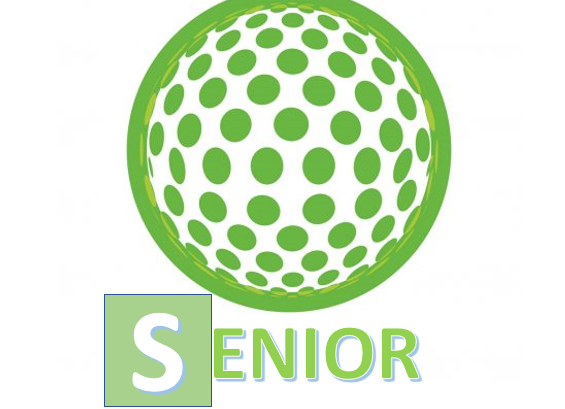
New automatic fall detector for the elderly through Computer Vision
- First results of the automatic fall detector developed by the Center de Visió per Computador and the company Sensing & Control.
- The system will offer peace of mind both to elderly people living in isolation in times of COVID-19, as well as to their families.
- The project has been funded by the Ministry of Science, Innovation and Universities with the RETOS program.
The number of older people living in isolation at home during the COVID-19 pandemic has increased significantly, as they cannot receive visits from family or friends because they are people at extreme risk for this disease. This also increases the chances that if an emergency occurs, it will take time to be detected. With this problem in mind, the SENIOR project, funded by the Ministry of Science, Innovation and Universities with the RETOS program (RTC-2017-6618-1), has presented the results of the automatic fall detector developed by the research team in the automatic analysis of human behavior of the Center de Visió per Computador, led by Dr. Sergio Escalera, and which is being integrated into the Smart home enControlTM developed by the Sensing & Control company.
The key is to be able to act as quickly as possible after the fall has occurred, in order to minimize damage and increase the chances of a successful recovery. For this, and through the use of technologies such as the Internet of Things and Artificial Intelligence, a non-invasive system has been created, based on a depth camera, which allows the generation of 3D images, and a thermal camera. Once the images have been obtained, and applying Artificial Intelligence techniques on them, the system is capable of automatically and non-invasively detecting falls of elderly people living alone, sending an alert to their caregivers in the event of an alert. Unlike most of the existing solutions on the market, this solution does not compromise the privacy of the user, since there are no cameras with video images, nor is any action required by the user. Within the framework of the project, a new interface aimed at caregivers has also been developed that also makes it easy to monitor the activities of older people such as time spent in stays. This continuous monitoring has also been shown to be useful for detecting the first stages and evolution of diseases such as Alzheimer's, as mentioned by numerous investigations published in scientific journals.
It is expected to be able to commercialize this software, aimed at professional caregivers and families of people who live alone, during the year 2022.
Este proyecto ha sido subvencionado por el programa nacional RETOS-Colaboración 2017 con número de expediente: RTC-2017-6618-1.













